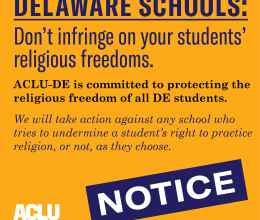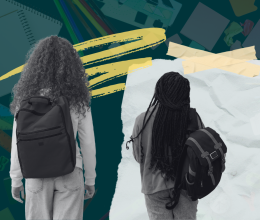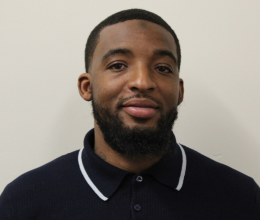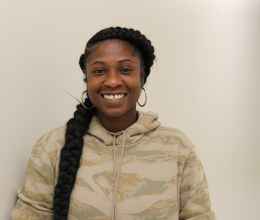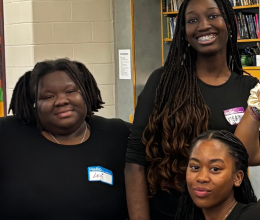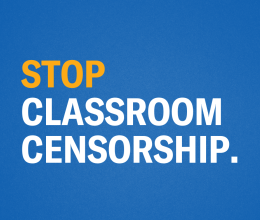
Students at Smyrna High School had an eventful final day of school before spring break, with scores of young people walking out of classes and staging a sit-in at the school. At the center of the controversy was a recent mural that students created featuring a quote from notable civil rights activist and scholar Angela Davis. Students noted that the mural was created under the supervision of school personnel and that the school wanted a series of murals that illustrated the school’s diversity.
The controversy erupted after school administrators opted to cover up the mural after receiving a complaint from a community member. According to the school, the complaint specifically cited Angela Davis’ stated beliefs in the Boycott, Divestment, Sanctions (BDS) Movement, as well as her support for Palestine. It is worth noting that neither the quote nor the visuals of the mural addressed BDS or Davis’ pro-Palestine beliefs. However, the school expressed concern that the mural could alienate Jewish or pro-Israeli students. At the same time, the Black students who worked to create the mural and felt a sense of pride in it are now disappointed and frustrated.
On Friday, the Smyrna School District announced that the painting would be restored to full view by the time students returned from spring break, and that they would organize a meeting with staff, students and community to discuss the painting. Here are some things we hope that Smyrna educators will prioritize in those discussions:
If any institution is able to hold difficult conversations, it should be our public schools. Beyond learning the fundamentals of reading, writing, and arithmetic, schools are the axis for young minds to develop critical reasoning skills. This very situation could open the doors for rich conversations and learning experiences that touch on topics ranging from U.S. foreign policy, anti-semitism, the plight of the Palestinian people, and the struggle for Black liberation. Undoubtedly, the hundreds of students at Smyrna High School will have wide ranging opinions about each of these topics, and therein lies the rich educational experience awaiting the school if educators are willing to engage.
The other opportunity that Smyrna educators have is to better clarify their policies around murals or other displays at school. Students who created the mural understandably feel surprise and disappointment in the schools’ decision to cover up the artwork, particularly since they worked with school officials on the creation of the mural. Creation of general standards and a review process for the future can help ensure that students are treated fairly and that future artwork is not subject to unreasonable objections that seek to silence others.
In an age where more states and school districts across the country are moving to ban so-called controversial topics like race, sexual orientation, and gender identity, Smyrna administrators have an opportunity to model civility, inclusion, and leaning in to difficult conversations.
Providing students with the tools to discuss complex issues with one another, respecting each others’ differences, and seeking understanding with one another are life lessons that will serve young people for years to come. It will also demonstrate that educators are committed to listening to students rather than seeking to cover up topics that may be painful or uncomfortable to discuss.
